Description
Benzoyl Peroxide: Your Ally Against Acne
Acne. A word that can strike fear into the hearts of teenagers and adults alike. This common skin condition can manifest in a variety of forms, from pesky whiteheads to painful cystic acne, and its impact on self-esteem can be significant. While many treatments exist, one ingredient stands out as a powerful and widely available weapon in the fight against acne: Benzoyl Peroxide.
What is Benzoyl Peroxide?
Benzoyl Peroxide (BPO) is an organic peroxide primarily used as a medication for treating acne. It’s available in various forms, including creams, lotions, gels, cleansers, and even spot treatments, often in concentrations ranging from 2.5% to 10%. BPO is an over-the-counter (OTC) medication, though higher concentrations may require a prescription.
How Does Benzoyl Peroxide Work?
BPO combats acne through a multi-pronged approach:
- Antibacterial Action: Acne breakouts are often triggered by the bacteria Cutibacterium acnes (formerly known as Propionibacterium acnes). BPO releases oxygen, creating an environment that is hostile to these bacteria, thus killing them and preventing further inflammation.
- Keratolytic Effect: BPO helps to unclog pores by promoting the shedding of dead skin cells. This prevents the buildup of debris and sebum that can lead to clogged pores and subsequent acne formation.
- Anti-Inflammatory Properties: While not its primary function, BPO can have a mild anti-inflammatory effect, helping to reduce redness and swelling associated with acne lesions.
Who Can Benefit from Benzoyl Peroxide?
BPO is effective for treating a wide range of acne, from mild to moderate. It’s particularly beneficial for:
- Whiteheads and Blackheads: Its keratolytic action helps to clear these non-inflamed forms of acne.
- Pustules and Papules: Its antibacterial properties target the bacteria causing these inflamed acne lesions.
- Combination Therapy: BPO can be used in conjunction with other acne treatments, such as retinoids or antibiotics, to enhance their effectiveness.
How to Use Benzoyl Peroxide Effectively:
Using BPO correctly is crucial to maximizing its benefits and minimizing potential side effects:
- Start Low and Go Slow: Begin with a lower concentration (2.5% or 5%) to assess your skin’s tolerance. If you experience minimal irritation, you can gradually increase the concentration.
- Apply Sparingly: Use a thin layer of BPO only on the affected areas. Overusing it can lead to excessive dryness and irritation.
- Use Once or Twice Daily: Start with once daily application and gradually increase to twice daily if your skin tolerates it well.
- Cleanse Your Skin First: Wash your face with a gentle cleanser and pat dry before applying BPO.
- Moisturize Regularly: BPO can be drying, so follow up with a non-comedogenic moisturizer to keep your skin hydrated.
- Sun Protection is Essential: BPO can make your skin more sensitive to the sun. Always wear sunscreen with an SPF of 30 or higher when exposed to sunlight.
- Be Patient: It can take several weeks to see noticeable improvements with BPO. Consistency is key.
Potential Side Effects and Precautions:
While generally safe, BPO can cause some side effects, including:
- Dryness: This is the most common side effect. Combat it by using a moisturizer and starting with a lower concentration.
- Irritation and Redness: If irritation occurs, reduce the frequency of application or use a lower concentration.
- Peeling: Mild peeling is normal, but excessive peeling can indicate irritation.
- Bleaching: BPO can bleach hair, clothing, and towels. Use white towels and wash your hands thoroughly after application.
- Allergic Reaction: In rare cases, BPO can cause an allergic reaction. Seek medical attention if you experience hives, itching, or swelling.
Important Considerations:
- Consult a Dermatologist: If you have severe acne or if BPO is not effective, consult a dermatologist. They can recommend other treatments or prescribe stronger medications.
- Pregnancy and Breastfeeding: If you are pregnant or breastfeeding, consult your doctor before using BPO.
- Drug Interactions: Inform your doctor about any other medications you are taking, as BPO can interact with certain drugs.
In Conclusion:
Benzoyl Peroxide is a powerful and effective tool in the fight against acne. By understanding its mechanism of action, using it correctly, and being aware of potential side effects, you can harness its power to achieve clearer, healthier skin. Remember to start low, go slow, and be patient. With consistent use and proper care, BPO can be a valuable ally in your journey to a blemish-free complexion.

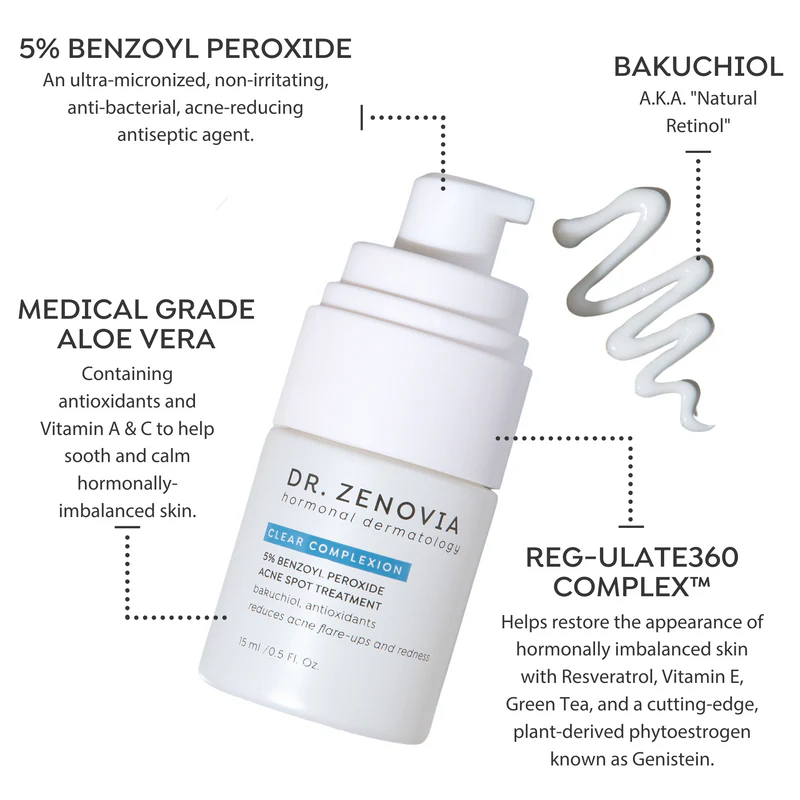
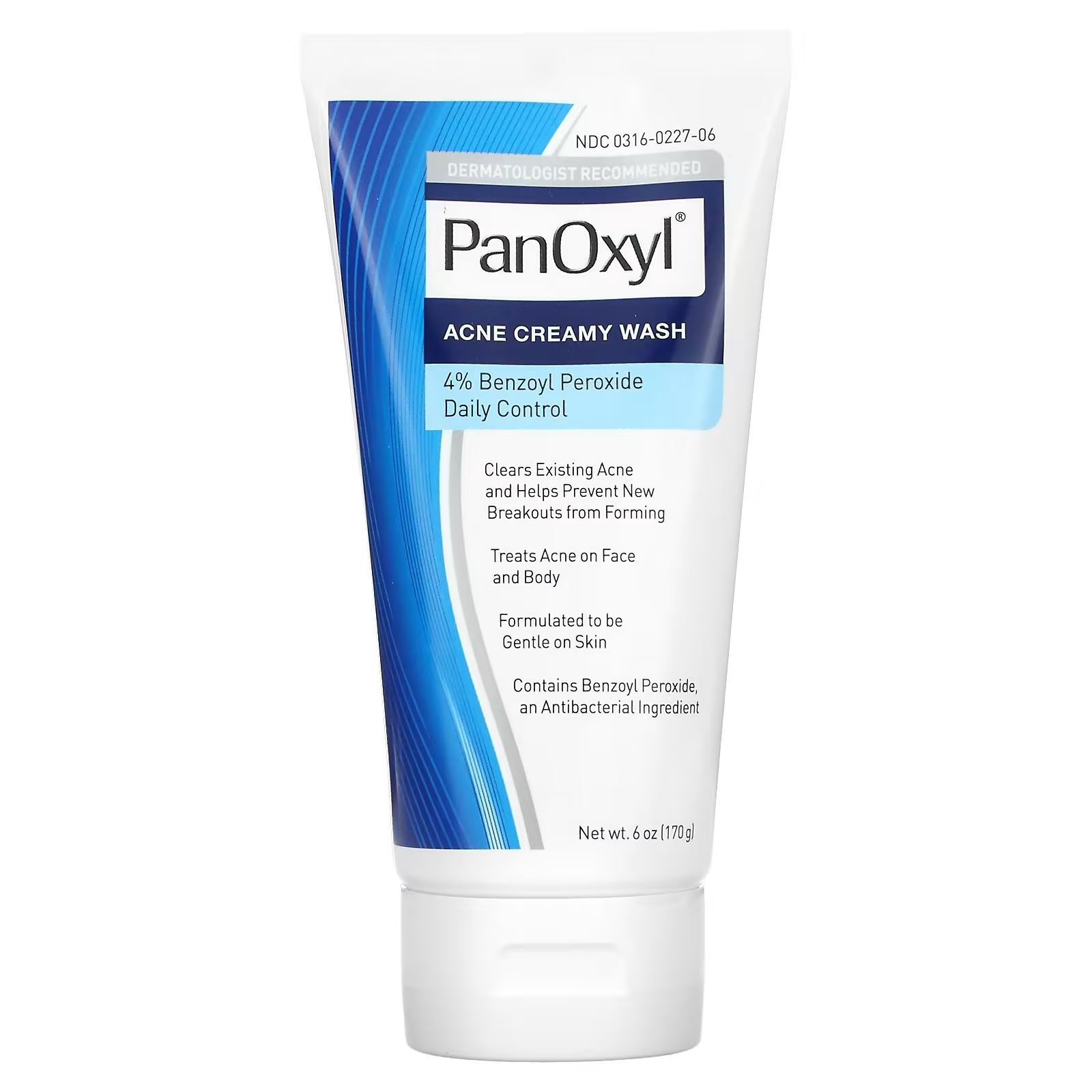
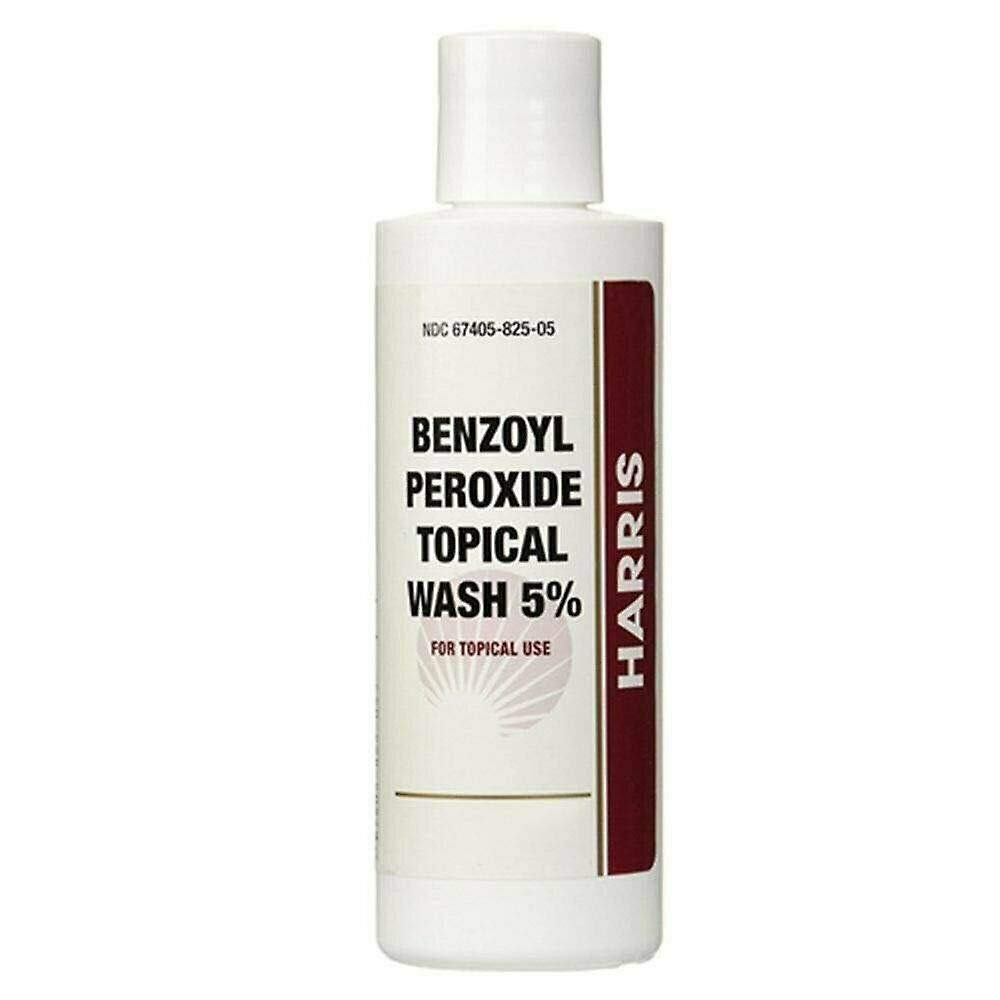
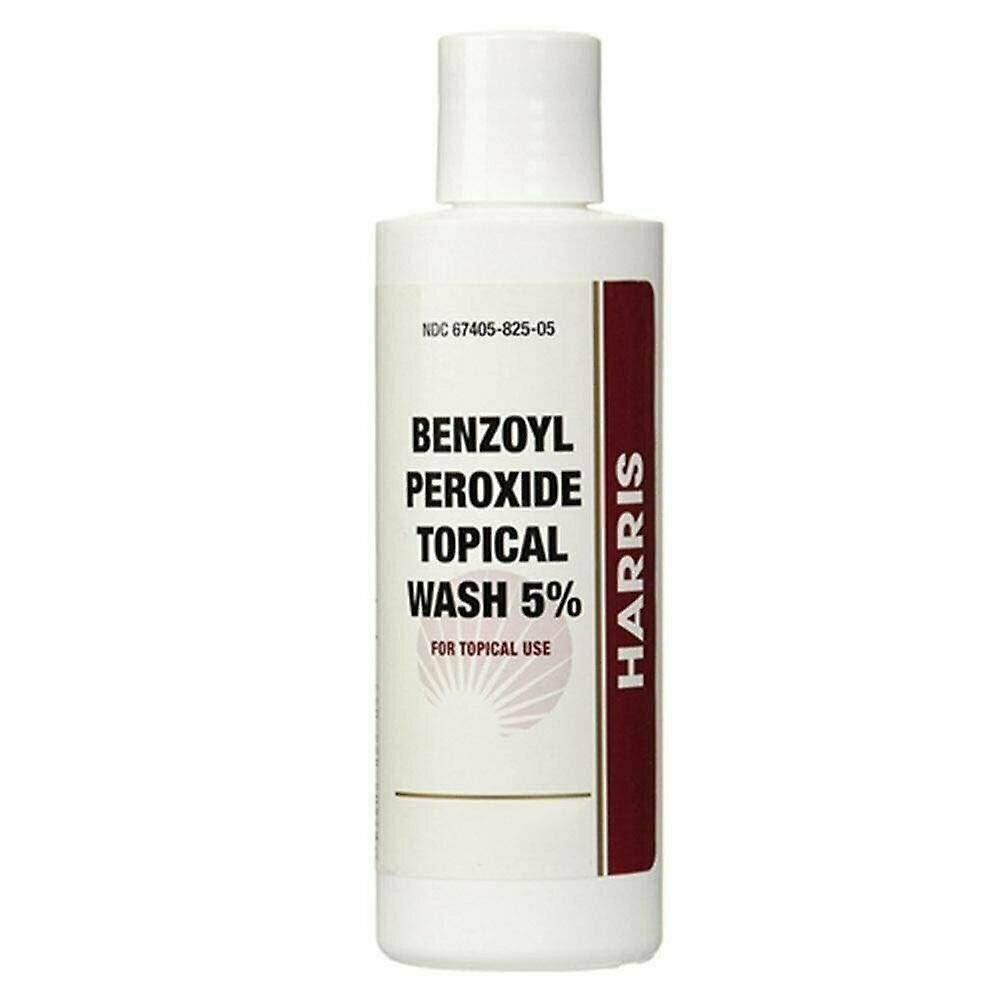
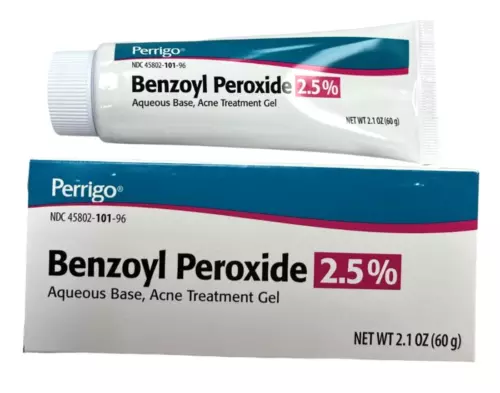
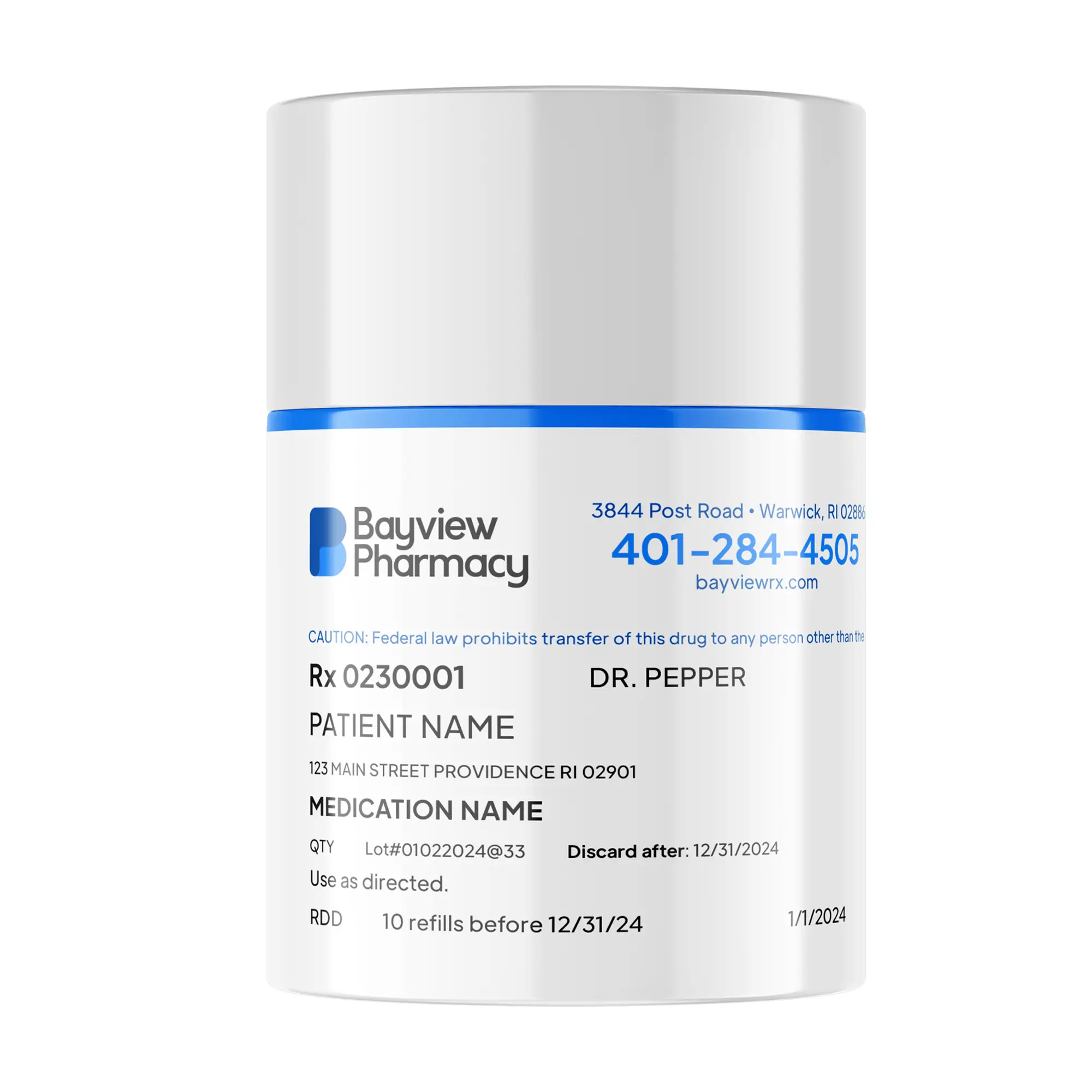
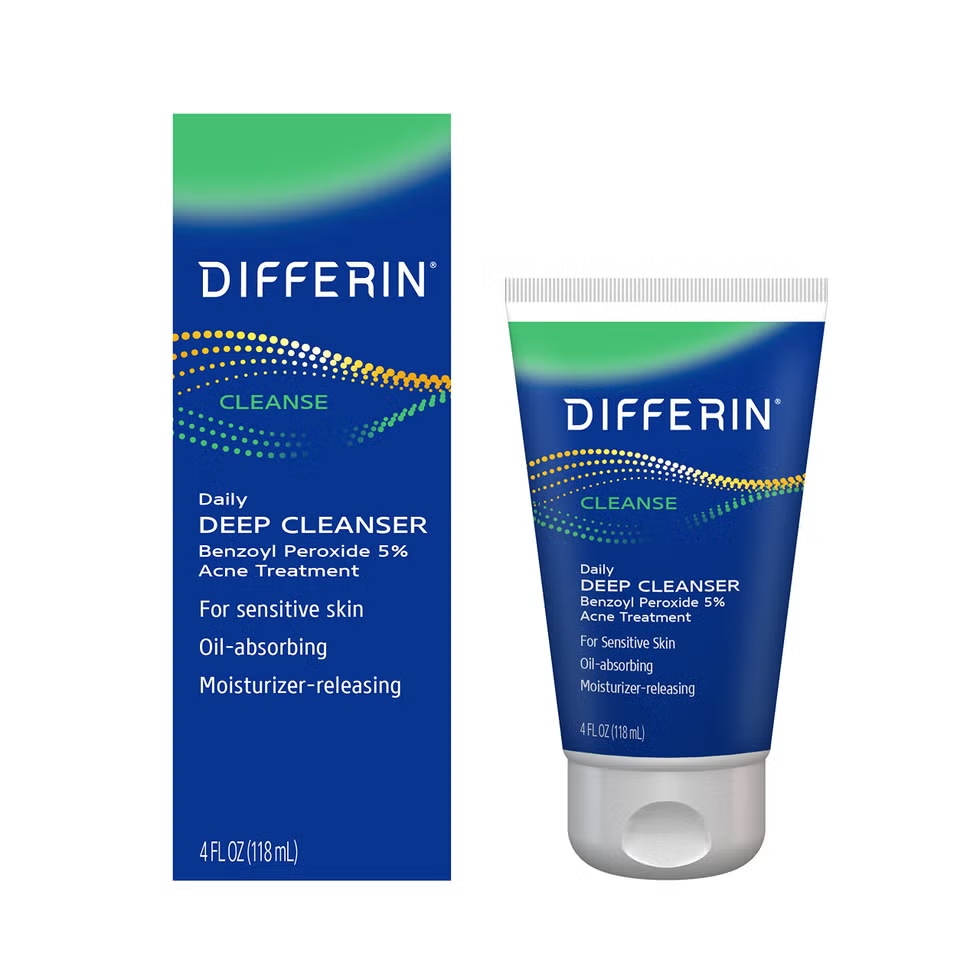
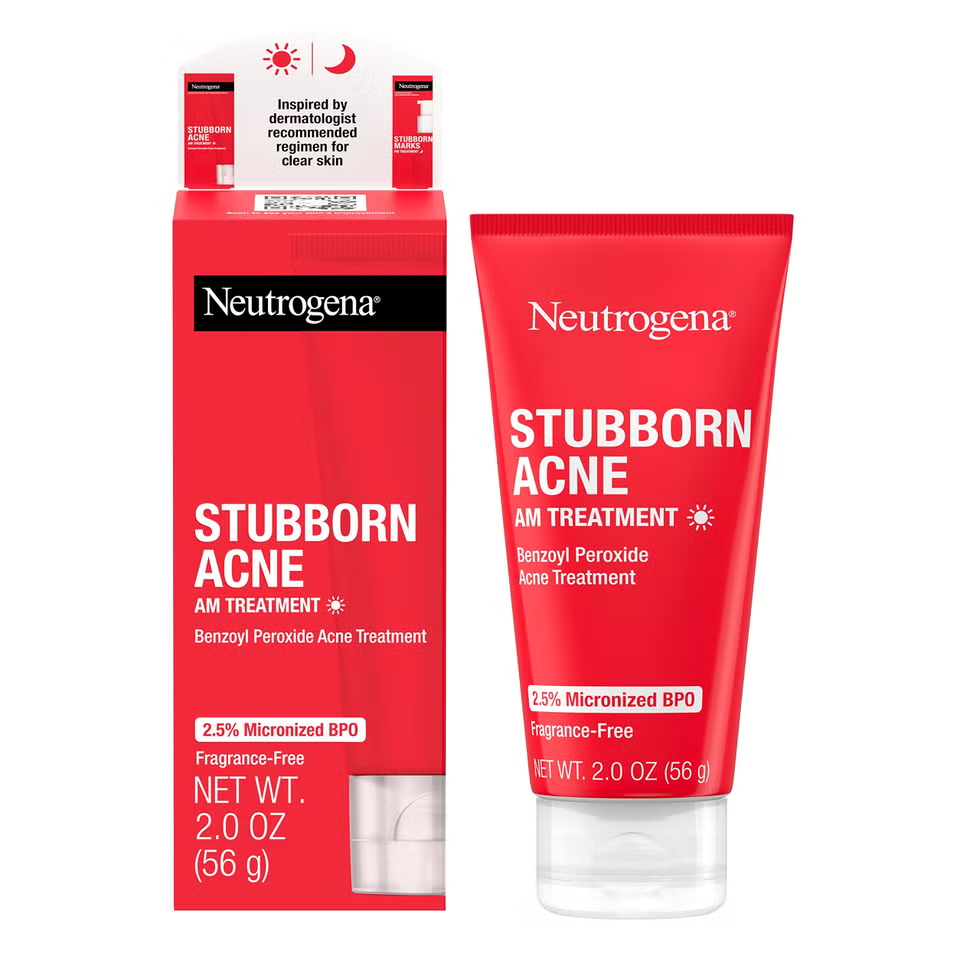
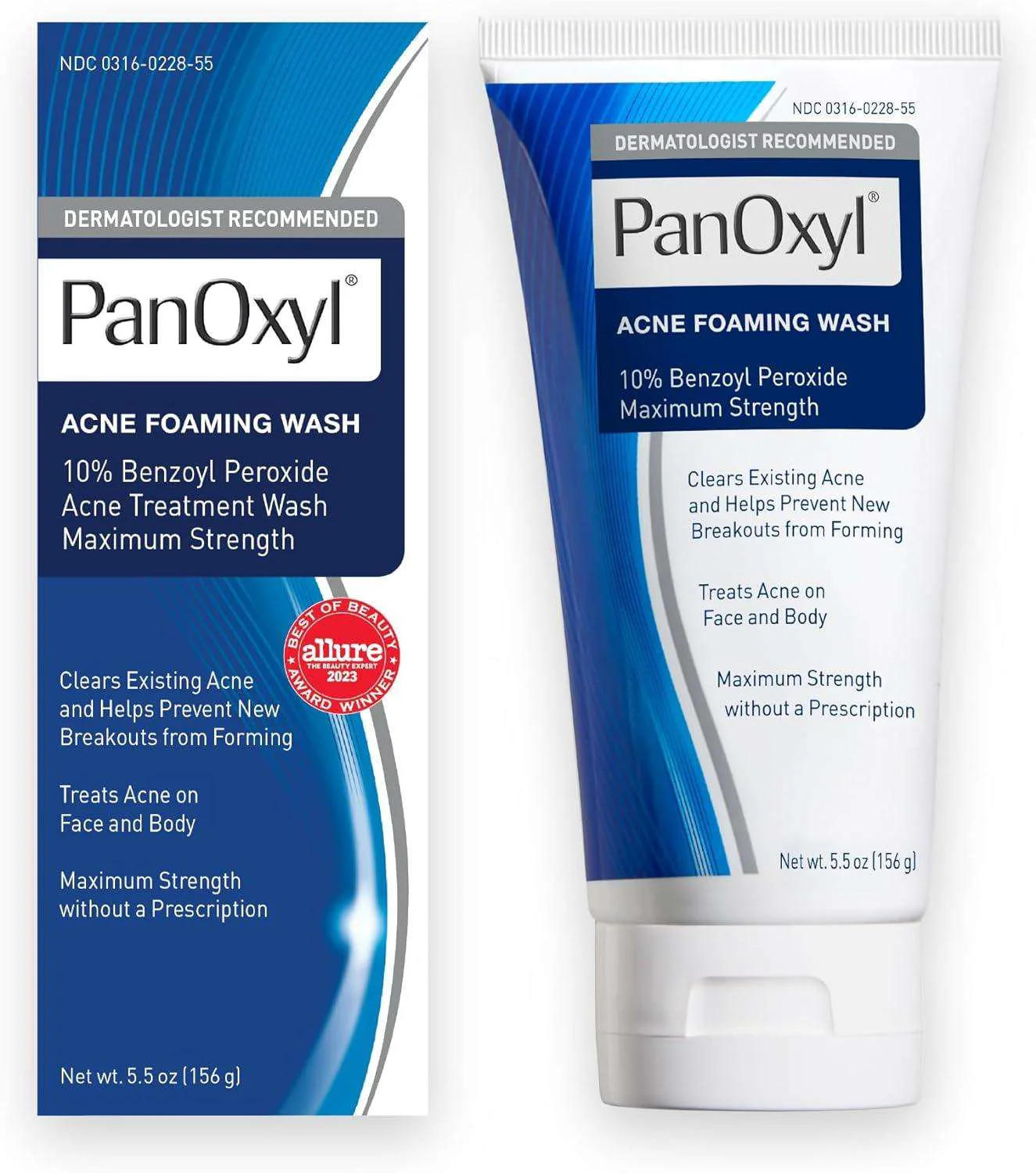


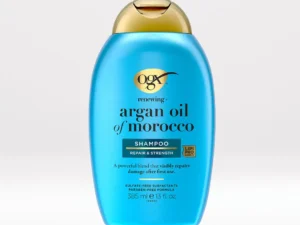
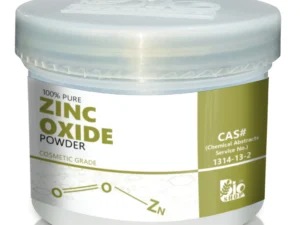
Reviews
There are no reviews yet.